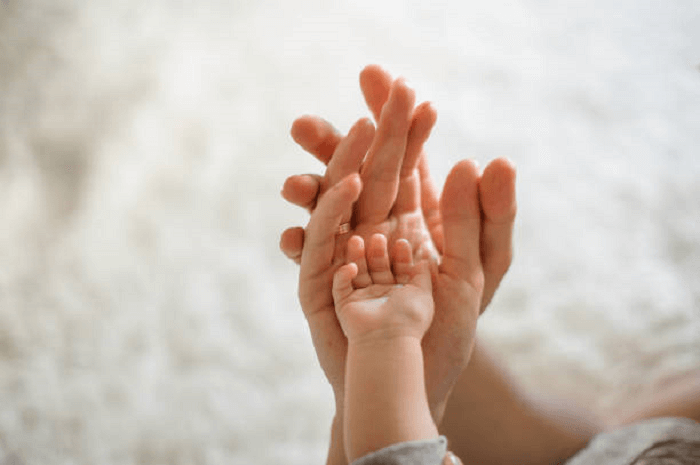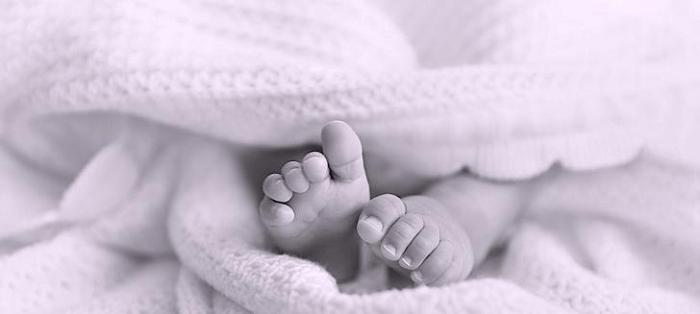Cold Hands and Feet in BabiesYou'll notice that even after dressing up your babies in warm clothes, their hands and feet remain cold. Would adding additional layers be helpful? Have you ever realized that babies have a slightly higher temperature than adults? Does having cold hands and feet indicate that your child is ill? 
So many questions cloud our judgment to think clearly, and parents start panicking. So relax! It is typical for babies to occasionally experience cold hands and feet (maybe more than occasionally). There are many reasons why babies normally have cold hands and feet. However, it does not imply that they are sick or that you should worry too much. Why do babies normally have cold hands?Our bodies produce heat from the constant action of different body parts. But if we observe babies, they are mostly asleep or feeding. They don't move from one place to another. So, there is limited production and regulation of heat, making their feet and hands cold. Temperature regulation is another reason. Because of their small bodies, babies cannot adjust their body temperature as efficiently as adults can. The hands and feet remain cooler while most of the heat is adjusted towards vital body organs, which remain warmer. Or occasionally, you'll see a purplish tinge on your newborns' small fingers and toes. Although it could seem serious, there is nothing to be concerned about. Because your child's body systems are still developing, and due to the slow blood circulation, the fingers and toes look like that. This is called acrocyanosis, and it gets better in a few days. Look at the lips rather than the hands if you're concerned that your little one isn't getting enough oxygen. The lips of a baby should be pink, not blue. We know that the circulatory system transports heat in addition to carrying blood to different parts of the body. The development of the body's vital organs, such as the brain and other parts, requires a greater concentration of energy, and as a result, these areas receive more blood flow. The circulatory system of newborns (three months old or less) is still trying to adapt to the outer environment; hence, the blood flow is diverted to these important body organs, and so is the heat. As a result, the limbs do not get enough internal heat and remain cold most of the time. That's not all, though. There are possible scenarios where the reason behind cold hands and feet could mean they are ill. For instance, if your child gets a fever. The infant may experience chills and a low body temperature as the immune system struggles to control the rising fever. While the brain sends signals to fight the infection, the immune system simultaneously releases certain chemical compounds that constrict the blood vessels of the limbs, making them colder. 
Newborns having a viral infection is another situation where they can have cold hands and feet. A virus targets the blood vessels in the arms, legs, and brain. Due to the possibility that your baby may have developed meningitis or other blood infection, parents should take their child to the doctor for a proper diagnosis. ConclusionIt's common for babies to have cold hands and feet, and parents shouldn't become alarmed. Cold hands and feet are also one of the processes of the initial phase of the body's development outside the mother's womb. But the situation may be serious if there are other signs and symptoms, such as persistent fever or the baby feeling uneasy. In a case like this, take your child to the doctor for a proper diagnosis.
Next TopicDiabetes
|
 For Videos Join Our Youtube Channel: Join Now
For Videos Join Our Youtube Channel: Join Now
Feedback
- Send your Feedback to [email protected]
Help Others, Please Share









